Sweetgum, otherwise known as starleaf gum, redgum, gumball, or by the scientific name Liquidambar styraciflua, is a tree species characteristic of the Southeastern United States.
If you are familiar with this region, you are likely also familiar with this unique and lovely tree. Sweetgums are beautiful with their vibrant green, star-shaped leaves, and playful — with spiky ball-shaped fruits. This article will serve as an introduction to sweetgum, giving information on how to cultivate the species and why you may want to.

Where Does Sweetgum Grow? What’s the Range?
The Southeastern U.S. at large is generally accurate but to be more specific, its northernmost range borders southern Missouri and the westernmost range is the East Texas area. There are scattered native patches throughout Central America, and as a personal recent discovery, it has been planted as an exotic species in South Africa. If you’re located within these regions, chances are you may actually have some growing on your homestead. If not, it is easy to establish them in their preferred range and climate.
How About Climate and Soil Preferences?
Sweetgums appreciate moderate temperatures year-round, with minimal days dipping below frost point and humidity and rain being common. Sweetgums do prefer a lot of sunlight, which is one reason why they gradually decline in abundance the further north one goes. However, it is a very adaptable hardwood species that grows well in numerous soil types and site conditions. For example, it does well in riverbeds and stream bottoms as well as upland, well-drained sites. Adaptability makes it easy to decide on a planting location for your homestead as it can generally do well wherever it is planted.
Although this tree is rather easy with requirements when deciding where to plant, it should be taken into consideration that it has shallow roots, which can make it challenging for nearby buildings or paved areas to co-exist. Ensure you plant the sweetgum about 10 feet away from any area you could have root damage concerns.

What Does Sweetgum Look Like?
Sweetgum is an easily identified species. The leaves (as previously stated) are vivid green when newly grown and star-shaped. In the fall, the leaves turn orange, yellow, red, or purple, and make for a stunning display of color. Fully matured trees can reach upward of 80 feet and have a broad, conical, and rounded crown. Matured fruits are quarter-sized and appear as spiky green balls that drop when they turn brown and harden. For those who grew up around this tree (myself included), these trees are a childhood favorite because the fruits make perfect launchers for kids to throw at their siblings and friends. But it takes a sweetgum tree 20 to 30 years to reach enough maturity to begin producing fruit, so “launchers” are only available in older trees.

To retouch on the leaves, they are indeed so characteristic of this species that it has the common name of starleaf gum. As a college student taking a dendrology course, a fellow classmate once tricked me into believing this species was called “star oak” with the scientific name “Quercus constellatious” — a clever trick, as oaks have the genus Quercus and the invented “constellatious” sounds like a species with star-shaped leaves.
Can You Confuse Sweetgum With Other Species?
Perhaps the most readily confused tree with sweetgum would be those in the Acer genus for maples. Maples also have star-shaped leaves, but the lobing is different. Maple leaves, however, always grow in opposite orientation on twigs with two leaves mirroring each other on opposite sides. Sweetgum leaves do not grow opposite in orientation, but grow alternately on either side of the twig. This is an easy and reliable way to tell the difference between maples and sweetgums if confusion were to arise.
What Are the Uses of Sweetgum? Why Grow This Tree?
Sweetgum uses are variable from lumber and pulpwood or fuel and railroad ties, to medicinal uses and incense burning. Because this tree is an excellent and common hardwood, it is used regularly for the lumber-aspect. There are folklore, medicinal properties, and aesthetic-values that make this species appealing, too.
Sweetgum gets its name from the resinous sap that is produced when the bark is scored. This sap is amber in color and is subsequently responsibly for the genus name Liquidambar (sweet amber). The sap is not sweet to taste, but in smell. Indeed, there is a type of incense burning where hookah coals are used and the sap is dropped onto those coals to produce vapor that smells lovely. Sweetgum is by far one of the best-smelling saps I’ve personally burned. The incense sap smells like cookies. The fresh sap has a pine-y, sweet scent to it.

Incense burning is probably a bit niche, though. The main use (and reason the name sweetgum was given) is due to people using the sap as chewing gum; often valuing it for its anti-inflammatory properties. There has now been scientific research done that backs the anti-inflammatory (and as it turns out, anti-fungal) claim, as well as research that found extracts in the sap that seem to fight drug-resistant bacteria and hypertension. Because of the anti-inflammatory and anti-fungal properties, the sap has been used as an effective balsam for external wounds, especially in traditional indigenous medicines that used a brew of the leaves and roots to wash and treat injuries.
This tree is quite beautiful, if the pictures and description didn’t already give that away. It makes a wonderful landscaping tree, but some landscapers won’t choose sweetgums as they consider the balls to be a nuisance. This issue should be taken into account if you are particularly concerned with keeping a clean and tidy yard. Likewise, if you enjoy walking around barefoot. You have to take extra care not step on the spiky sweetgum balls. As already said, though, they can make excellent toys and entertainment for kids (and adults, if wished). The balls can be used for art projects, and they make beautiful ornaments for holidays either decorated or on their own.
Above uses aside, a sweetgum tree is excellent for shade. The crown grows thick, full, and tall. A fun fact is that luna moths tend to use sweetgums to lay their eggs (it isn’t the only tree luna moths use, but they seem to have a notable preference for it).

As you can see, there are many diverse uses and reasons to have sweetgum on your homestead. Whether you simply love trees, need a nice shady area in your backyard, want to cultivate a native species, or are interested in the more medicinal or niche properties of the tree, sweetgums are great to have around. I hope this article helped to increase your appreciation for sweetgum, and when you see them, you smile.


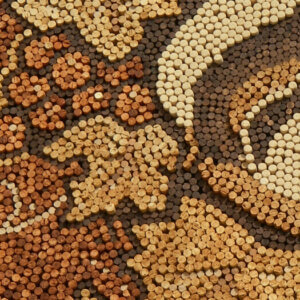


















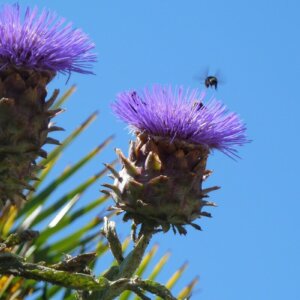

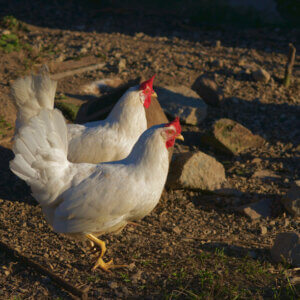


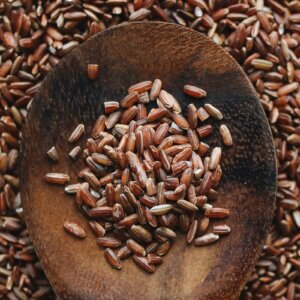






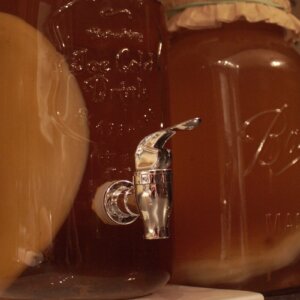


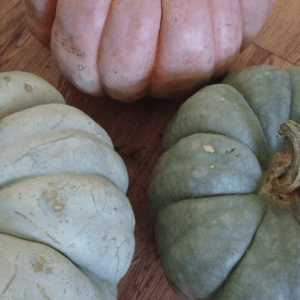

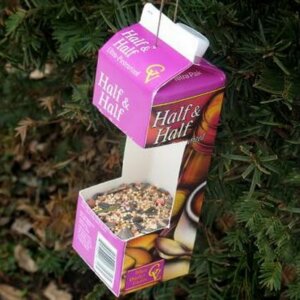


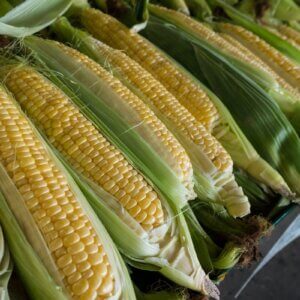
Leave a Reply